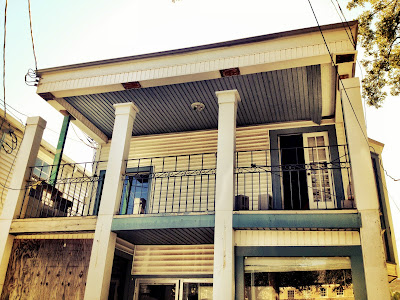This is a must attend event for all responsible for the safety and well-being of the public. You’ll leave with a wealth of best practice information, new ideas and peer relationships critical to Houston’s unique all-hazards challenges.
Benefits include:
- New relationships to pave future collaboration strategies
- Briefing regarding latest federal initiatives and their regional impact
- A better understanding of leadership skills to use before and during an incident
- Best practices/lessons learned in collaborative emergency planning
- Current technologies and trends in Communications, GIS, and Incident Command
Registration is free for public professionals and non-profit organizations.
Hope to see you all there!
Source: Emergency Management

